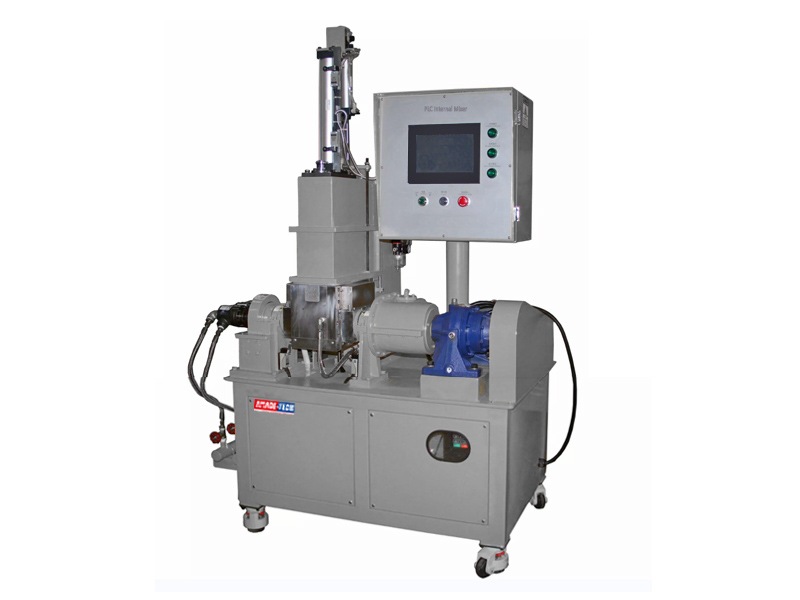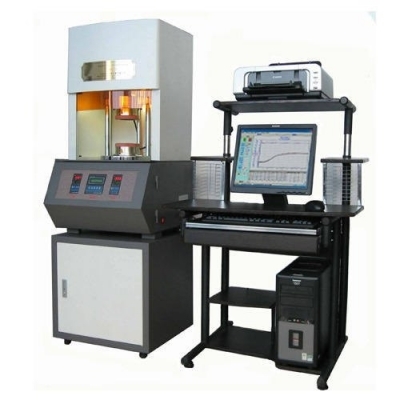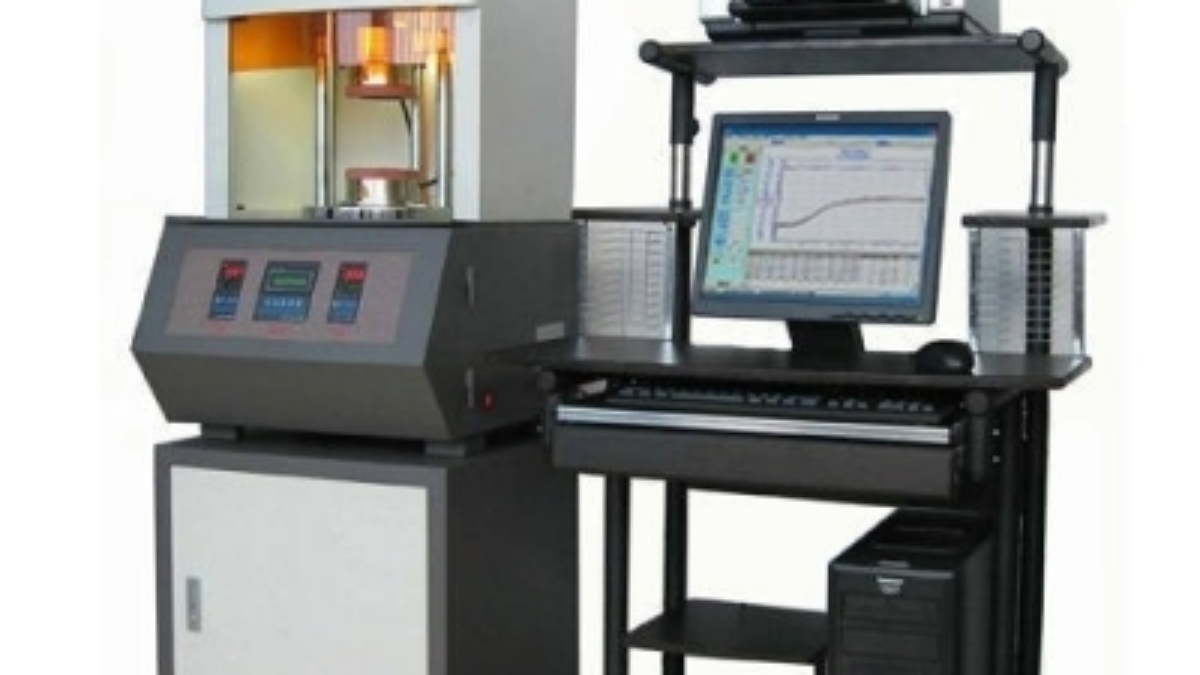Rubber Lab Testing Services in chennai
Introduction
In today’s competitive product landscape, quality and reliability are no longer optional—they’re essential. Especially when working with rubber and elastomeric materials, slight variations in compound, process, or aging can drastically affect performance, longevity, and safety. Whether you’re manufacturing seals, hoses, gaskets, O‑rings, vibration mounts, or custom molded rubber parts, you need robust testing to prove that your components will stand up to real‑world demands.
That’s where Rubber Lab Testing Services in India – Kiyo R&D Lab comes in. If you’re searching for an Indian partner with deep technical know‑how, certified infrastructure, and a client-focused approach, this blog will guide you through:
- Why rubber testing is so critical
- The major tests and methodologies
- The landscape of rubber testing in India
- What makes Kiyo R&D Lab a compelling choice
- How to get the most value from your testing
By the end, you’ll see how positioning your service as “Rubber Lab Testing Services in India – Kiyo R&D Lab” helps you connect with clients who care about precision, regulatory compliance, and material integrity.

Body
1. Why Rubber Testing Matters
1.1 The Nature of Rubber: Complex & Sensitive
Rubber is a polymeric, viscoelastic material—its performance properties depend not just on composition but on how it’s processed, aged, and stressed over time. A tiny impurity, an inconsistent cure, or slight variation in filler dispersion can lead to failure. Without proper testing, hidden flaws may haunt your final product.
1.2 Real Risks from Poor Rubber Quality
- Leakage or sealing failure — in gaskets, O‑rings, or seals
- Material degradation or cracking — under heat, ozone, UV, or chemical exposure
- Loss of mechanical performance — reduced tensile strength, elongation, tear resistance
- Unexpected aging or hardening — making parts brittle
- Noncompliance with customer or regulatory specs
Given these risks, rigorous testing becomes your shield against warranty claims, recalls, and reputation damage.
1.3 Business & Regulatory Drivers
- Many industries demand compliance with standards (ASTM, ISO, BIS)
- When exporting, test reports from NABL‑accredited labs are often required
- Testing helps in selecting the right rubber grade and design early
- It supports failure analysis and continuous improvement
In short, rubber testing is not just a checkbox—it’s a strategic tool.
2. Essential Rubber Lab Tests & Methods
Below is a rundown of key tests commonly performed in rubber labs. A reliable lab should be able to offer this suite or customize based on your needs.
2.1 Mechanical & Physical Tests
- Tensile Strength & Elongation (e.g. ASTM D412) — measures how far rubber can stretch before breaking
- Tear Resistance (ASTM D624) — ability to resist propagation of a cut or notch
- Hardness Measurement (Shore A, Shore D, IRHD) — how firm the rubber is under indentation
- Compression Set — how well the rubber recovers after compressive stress (ASTM D395)
- Creep & Stress Relaxation — long‑term deformation under load
- Abrasion / Wear Resistance — how rubber resists surface wear
2.2 Aging & Durability Tests
- Heat Aging / Thermal Aging — exposing samples to elevated temperatures and rechecking properties
- Ozone or UV Exposure — evaluating cracking or surface damage in ozone/UV environments
- Cold Temperature Testing / Low‑Temperature Flexibility
- Cyclic Fatigue / Dynamic Fatigue — repeated loading and unloading to simulate real usage
2.3 Chemical & Environmental Tests
- Swelling / Solvent Resistance — how rubber absorbs or resists fluids like oils, fuels, solvents
- Chemical Resistance — exposure to acids, bases, corrosive media
- Weatherability / Accelerated Weathering
- Aging in Humidity or Water
2.4 Analytical / Composition Tests
- Ash / Filler Content / Inorganic Content — via TGA or ignition methods
- FTIR / Infrared Spectroscopy — to identify polymer type or contaminants
- Differential Scanning Calorimetry (DSC) — thermal transitions, glass transition temperature
- Thermogravimetric Analysis (TGA) — decomposition profiles, stability
- Elemental / Spectroscopic Analysis — checking for harmful additives or spread of fillers
2.5 Electrical / Insulation Tests (for specialized rubbers)
If you’re using rubber in electrical insulation or sealing around electronics, labs may also offer dielectric strength, resistivity, breakdown voltage, etc.
3. The Indian Rubber Testing Landscape
Knowing the current environment helps in choosing the right partner.
3.1 Accreditation & Trust
In India, the NABL (National Accreditation Board for Testing & Calibration Laboratories) is the benchmark for lab competence (ISO/IEC 17025) Wikipedia. A lab that is NABL‑accredited commands much greater trust—especially when dealing with regulators, OEMs, or overseas clients.
Kiyo R&D Lab’s website shows that they serve the “Plastics & Rubber” domain as part of their core testing services. Kiyo R&D Center and Laboratory
3.2 Existing Players & Competitors
- FAN Services offers NABL‑accredited rubber testing, from simple grade ID to advanced material analysis. fan-indiatestinglabs.com
- Vichar Technology provides tests like tensile, hardness, compression set, swelling, filler content, aging etc. vichartechnology.com
- AMO Laboratories offers polymer & rubber testing across India, covering many cities. AMO Laboratories Private Limited
- HASETRI (Hari Shankar Singhania Elastomer & Tyre Research Institute) is a high‑profile independent rubber & tyre R&D & test center. hasetri.com
- The Auto Cluster Rubber Polymer Lab (RPL) in Pune is a recognized NABL‑ISO/IEC 17025 lab for polymer and rubber materials. autoclusterpune
3.3 Challenges & Opportunities
- Geographic convenience: clients often prefer labs closer to their production sites to reduce logistics risks
- Equipment sophistication: not all labs have advanced instrumentation like DSC, TGA, fatigue test rigs
- Turnaround time: competition is on speed, quality, and adaptability
- Custom & rare tests: the ability to develop or execute non‑standard or hybrid tests is a differentiator
Given this, a lab that combines core capabilities, accreditation, and customer orientation can stand out.
4. Why Choose Rubber Lab Testing Services in India – Kiyo R&D Lab
Let’s zoom into what Kiyo R&D Lab brings to the table and how it can be your trusted partner.
4.1 Overview & Expertise
- Kiyo R&D Lab presents itself as a materials and product testing laboratory with services in plastic, rubber, metal, coatings, etc. Kiyo R&D Center and Laboratory+1
- They list “Plastic and Rubber Testing Laboratory” as part of their domain, indicating they have domain competence. Kiyo R&D Center and Laboratory+1
- Their public-facing pages mention regional operations (e.g. a page for Rubber Testing Lab in Chennai). Kiyo R&D Center and Laboratory
- Their profile on LinkedIn also highlights “Rubber Testing” among services. LinkedIn
Hence, Kiyo is already positioned to cater to rubber testing demands.
4.2 Key Strengths & Differentiators
- Multidisciplinary capabilities — because they also handle mechanical, thermal, electrical, chemical, and degradation testing, clients can combine multiple test scopes under one roof
- Local presence + national reach — less logistic overhead and faster sample turnaround
- Customization — offering “customer / custom standard” testing suggests flexibility in test protocols Kiyo R&D Center and Laboratory
- Brand & SEO alignment — using the phrase Rubber Lab Testing Services in India – Kiyo R&D Lab helps clients searching specifically for rubber testing in India find you
- Credibility potential — though their site doesn’t explicitly list NABL accreditation for every test, their emphasis on “high quality” and “testing laboratory” suggests they operate in a regulated environment Kiyo R&D Center and Laboratory
4.3 What to Require from Kiyo
When engaging Kiyo, here’s what you should ask:
- Accreditation status — for the specific rubber test(s) you need
- Test equipment details — e.g. type of fatigue or aging chambers, thermal analyzers, test frames
- Test methods / standards used — ASTM, ISO, BIS, or custom
- Sample preparation requirements — conditioning, dimensions, tolerances
- Turnaround times & reporting format — raw data, stress‑strain curves, pass/fail conclusions
- Failure analysis support — root cause investigation if your sample fails
- Follow-up or re‑test policy
By partnering this way, you’re not just buying a test — you’re getting actionable insight.
5. Best Practices for Leveraging Rubber Lab Testing
To extract maximum benefit from rubber testing, apply these practices:
5.1 Start Test Planning Early
Don’t wait until your prototype is fully built. Bring the lab in early during material and compound selection to catch issues before tooling or mass production.
5.2 Provide Relevant Context & Use Conditions
Tell the lab your real-world environment—temperature extremes, chemicals, loading, dynamic stresses—so they can simulate meaningful conditions.
5.3 Use Representative Samples & Fixtures
Test realistic parts (or representative sections). Use fixtures that mimic your actual mountings or boundary conditions, not just strips.
5.4 Monitor & Record Thoroughly
Have the lab capture full test curves, raw data, temperature logs, cycles, and any anomaly events. Don’t settle for summary “pass/fail.”
5.5 Iterative Feedback Loop
When a test fails or shows degradation, use the data to refine compound, design, or process. Re‑test to validate improvements. Over time, build a knowledge base.
5.6 Use Comparative / Benchmark Tests
If possible, test competitor or baseline materials side by side to benchmark performance. Sometimes relative performance is more meaningful than absolute numbers.

Conclusion
Rubber is a demanding material—its performance extends beyond mere shape, hinging on chemistry, compounding, processing, and aging dynamics. That’s why Rubber Lab Testing Services in India – Kiyo R&D Lab isn’t just a marketing phrase—it encapsulates a promise: you’ll get precise, credible, localized testing for your rubber parts.
When you choose Kiyo, you gain an integrated lab partner capable of mechanical, chemical, thermal, degradation, and analytical testing. Always confirm accreditation, protocol depth, turnaround, and flexibility before placing a test. Use the data you get back not as a report card but as a design tool—feeding insights back into your material and design development.

